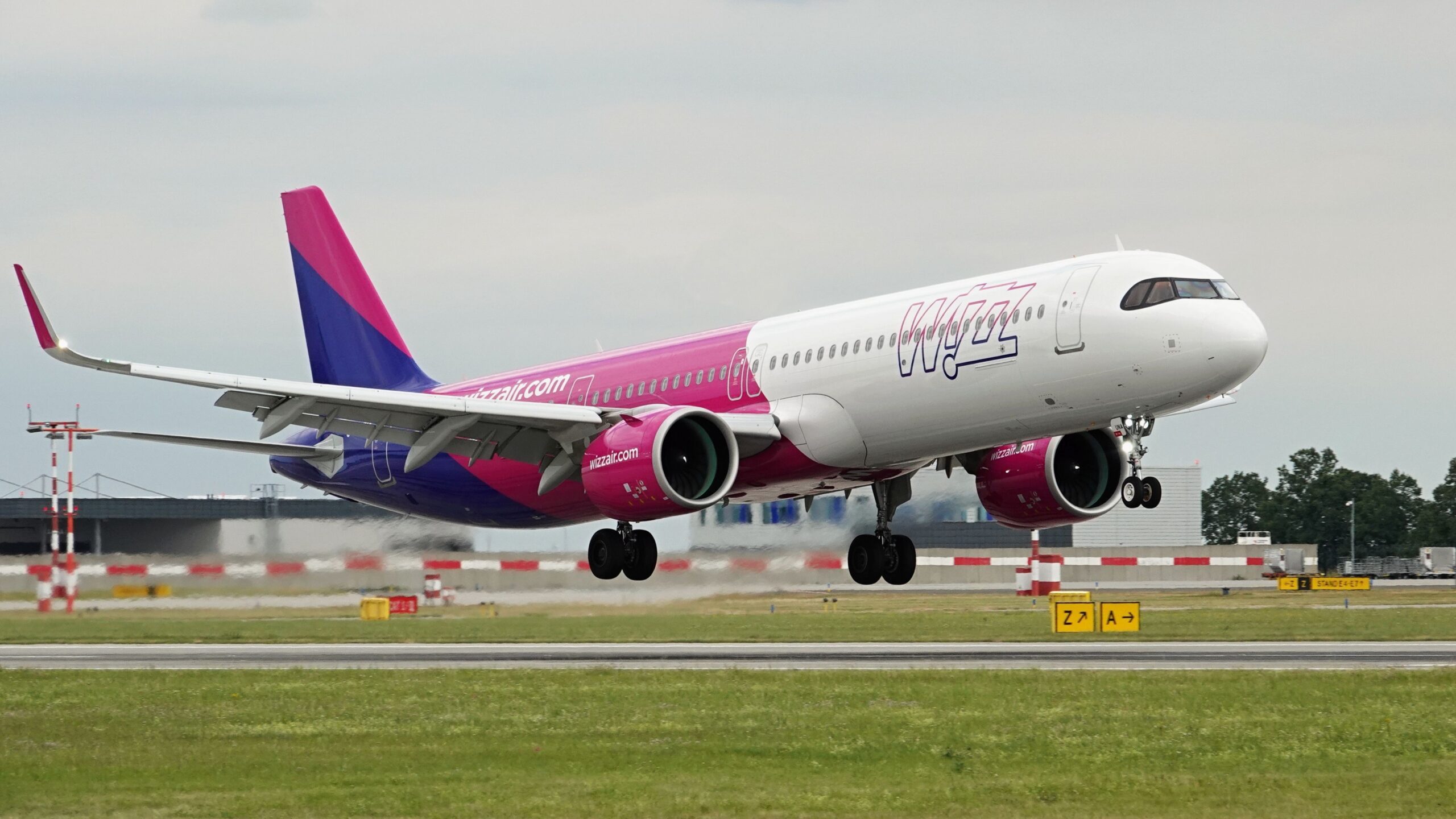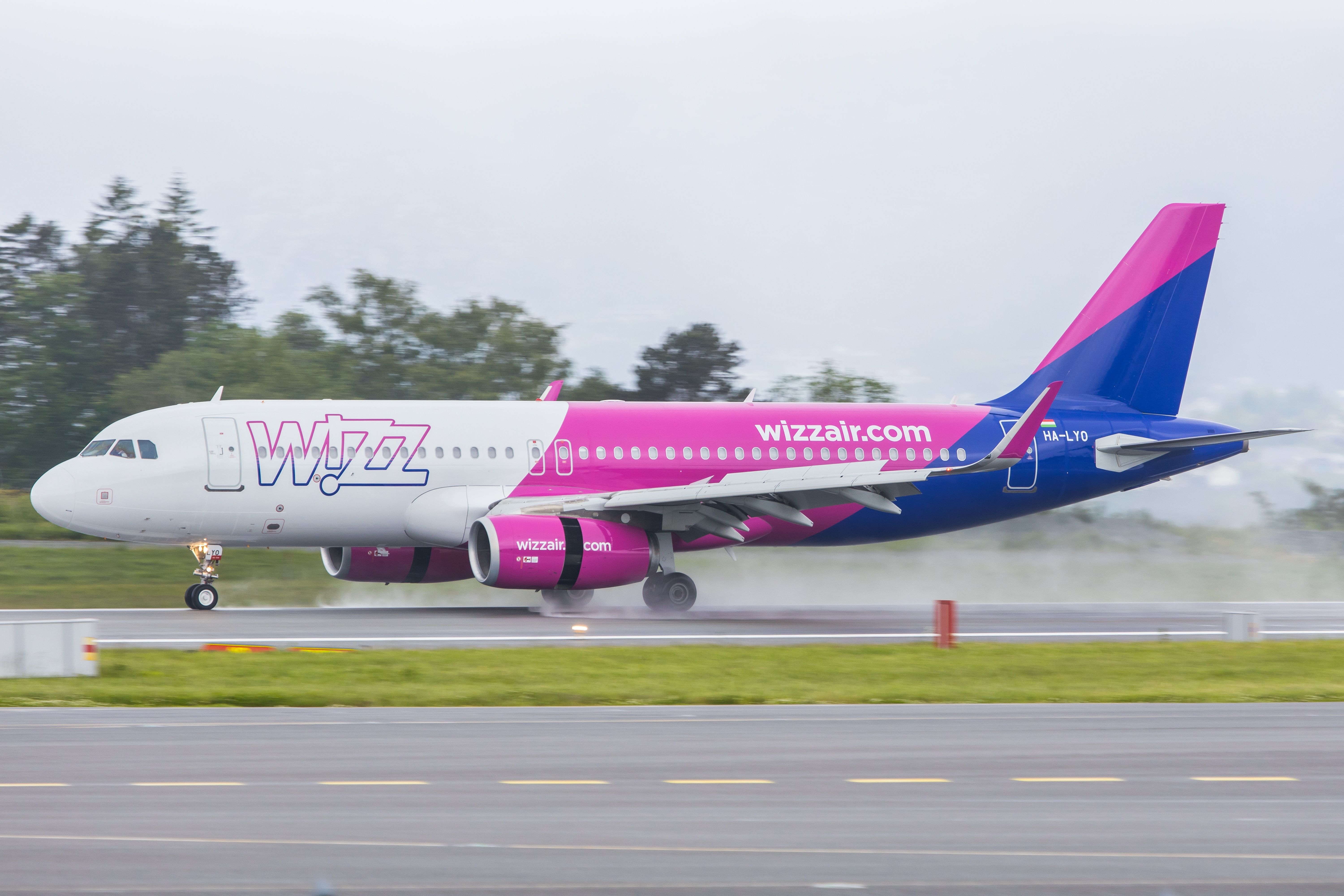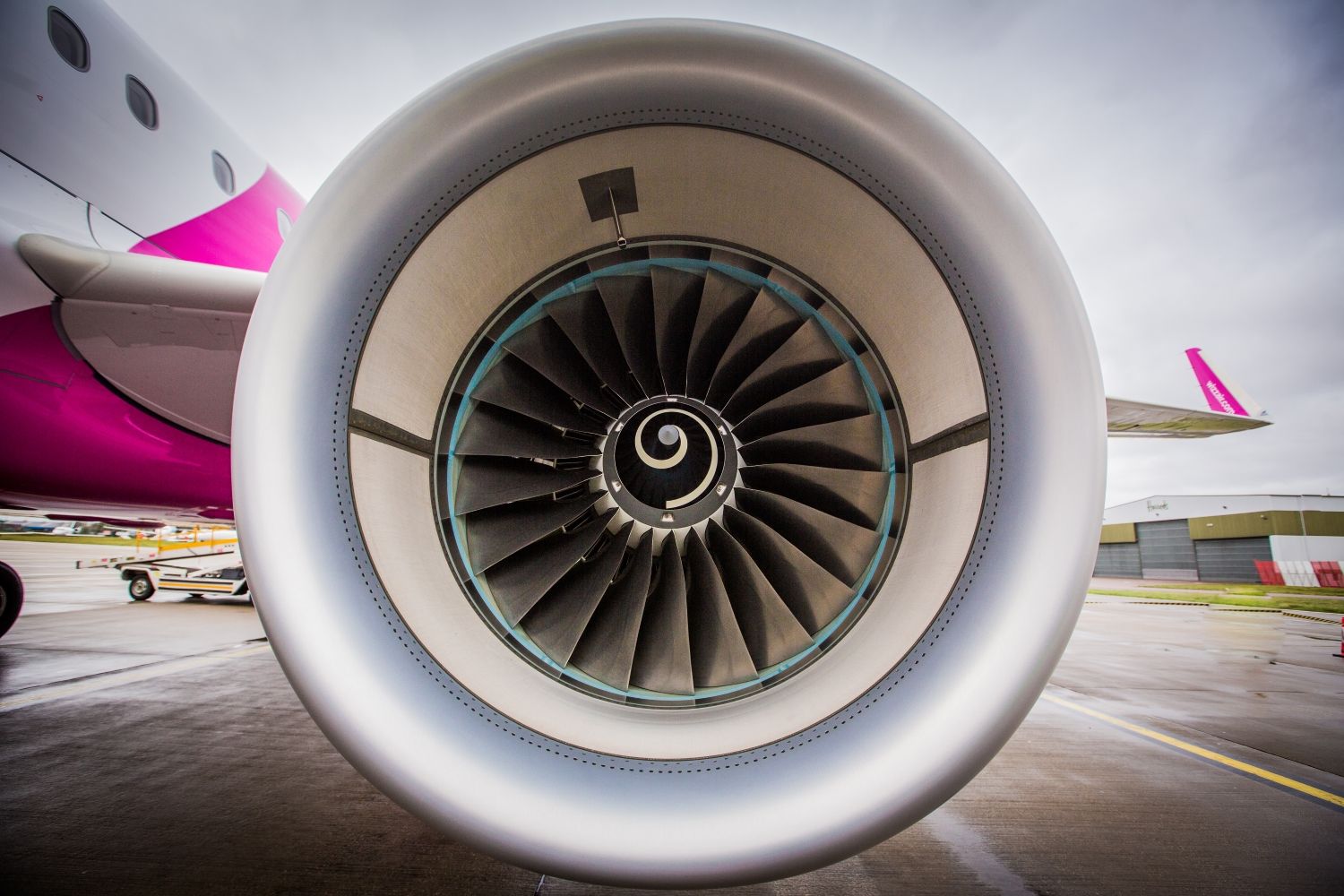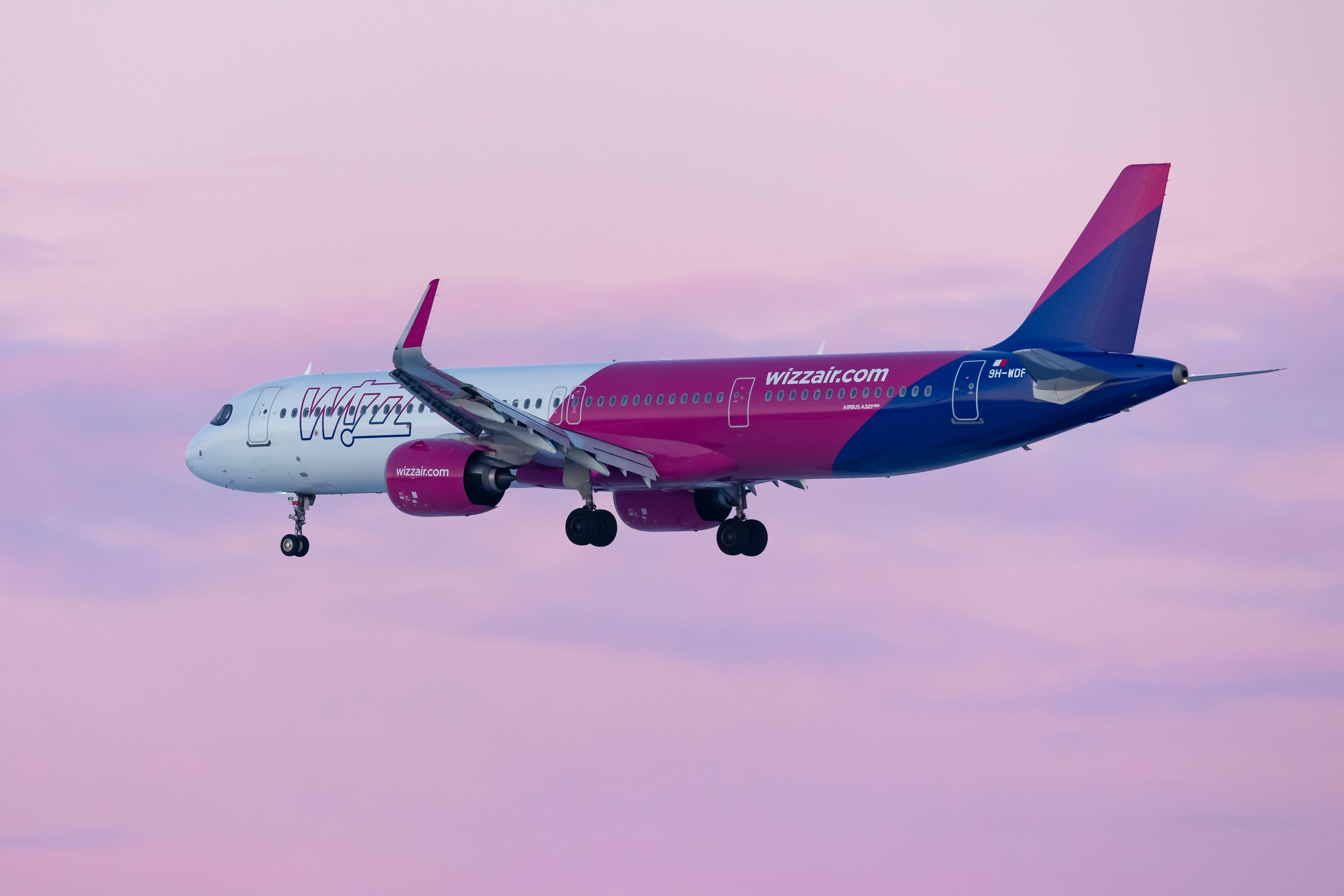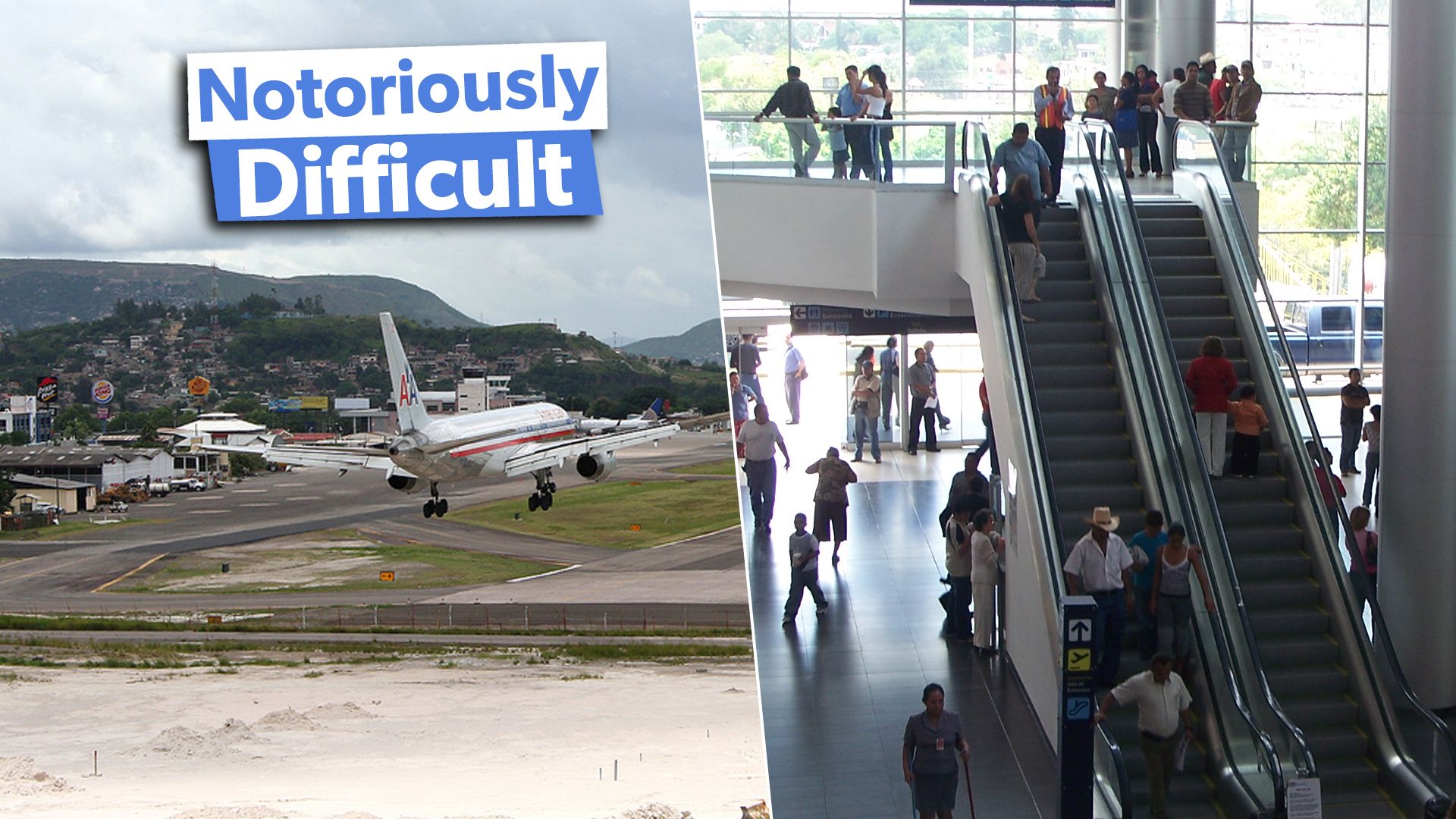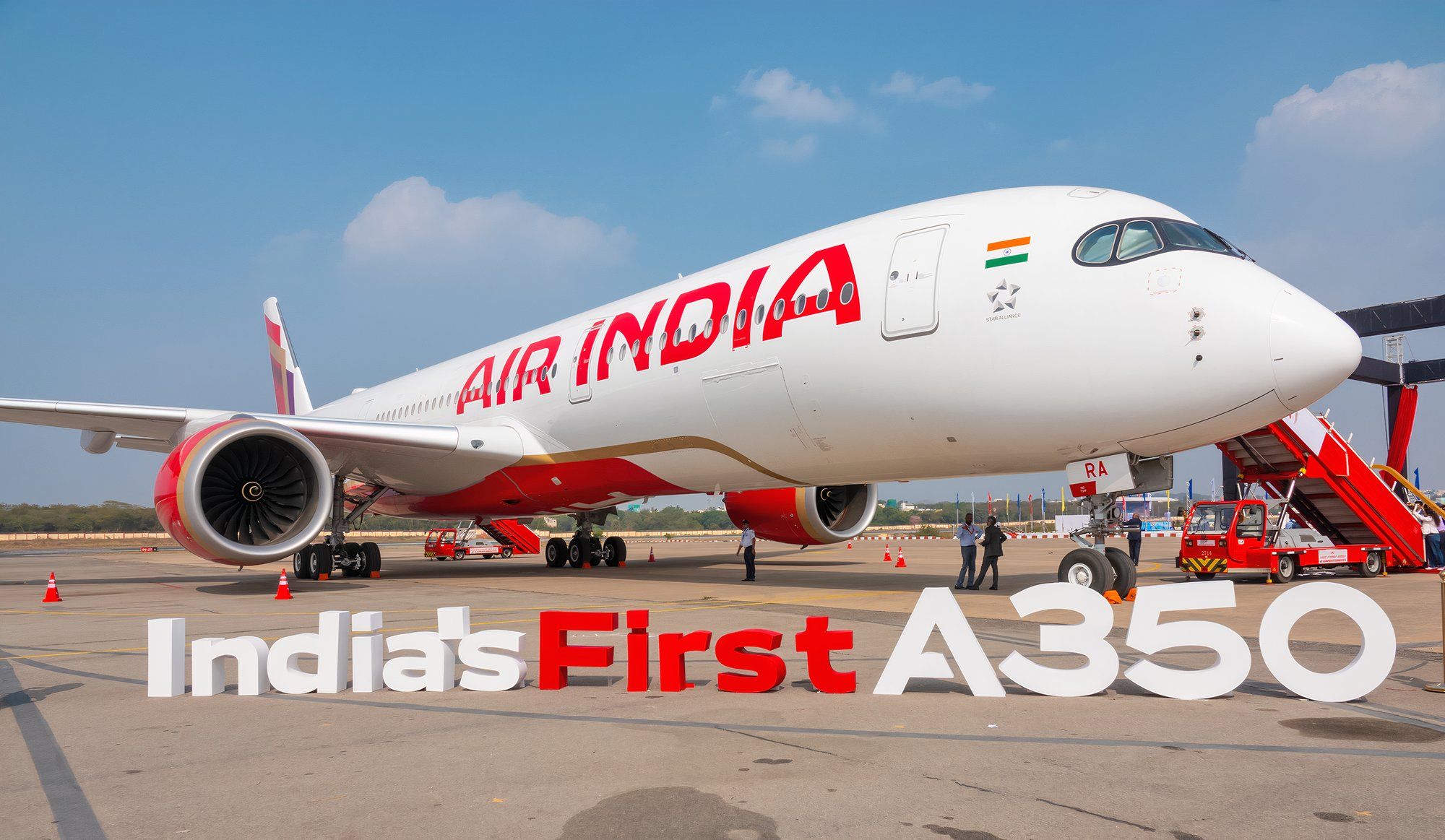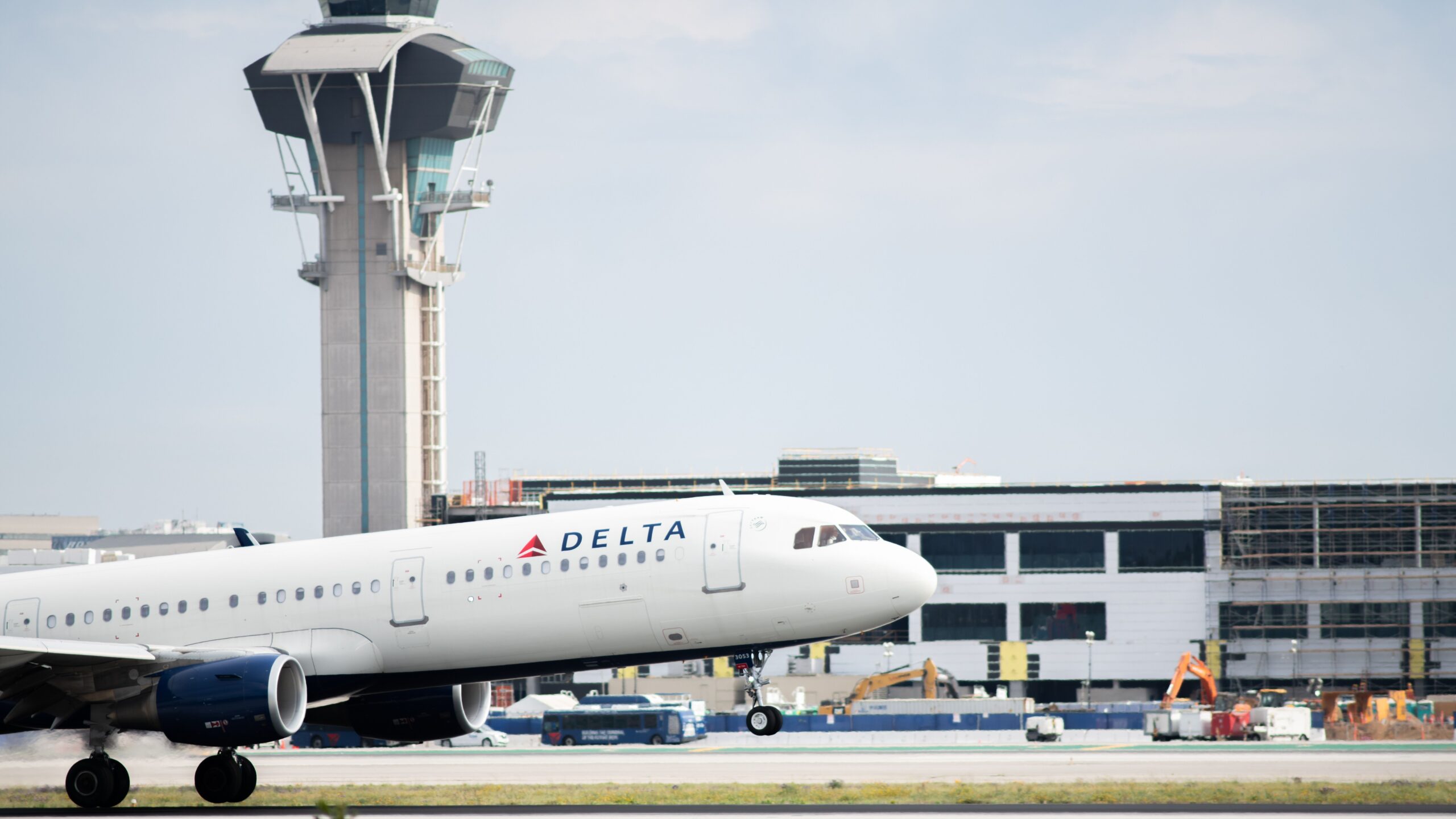Summary
- Wizz Air managed to end Q1 FY2025, ending on June 30, with a small net profit, despite the problems it has been facing with the Pratt & Whitney PW1100G engines.
- During the period, it carried over 15 million passengers, which was slightly more than in Q1 FY2024.
- Looking forward, it had to revise its profit guidance downward.
Wizz Air had managed to squeeze out a small profit in Q1 FY2025, which ended on June 30, as the airline continues to be impacted by the problems related to the Pratt & Whitney PW1100G engines, also known as the Geared Turbofan (GTF).
Improving GTF engine situation
József Váradi, the chief executive officer (CEO) of Wizz Air, remarked that the low-cost carrier’s performance during the quarter affirmed Wizz Air’s business model’s resilience, noting that despite internal and external challenges, the airline has yielded results during the three month period.
“We have made significant operational strides this quarter, achieving a 99.8 per cent completion and a 67.6 per cent on-time performance rate, up 7.1 ppts from last year. This improvement is the result of our continuous investment in technology, staff training and infrastructure enhancements. We successfully operate almost 800 routes in over 50 countries between 33 bases across Europe and the Middle East.”
Photo: Photofex_AUT | Shutterstock
According to Váradi, during the quarter, an average of 46 A320neo family aircraft were grounded due to the accelerated removals and inspections of PW1100G engines. Still, Wizz Air had managed to carry 15.3 million passengers in Q1 FY2025, which was an improvement of 0.5% year-on-year (YoY).
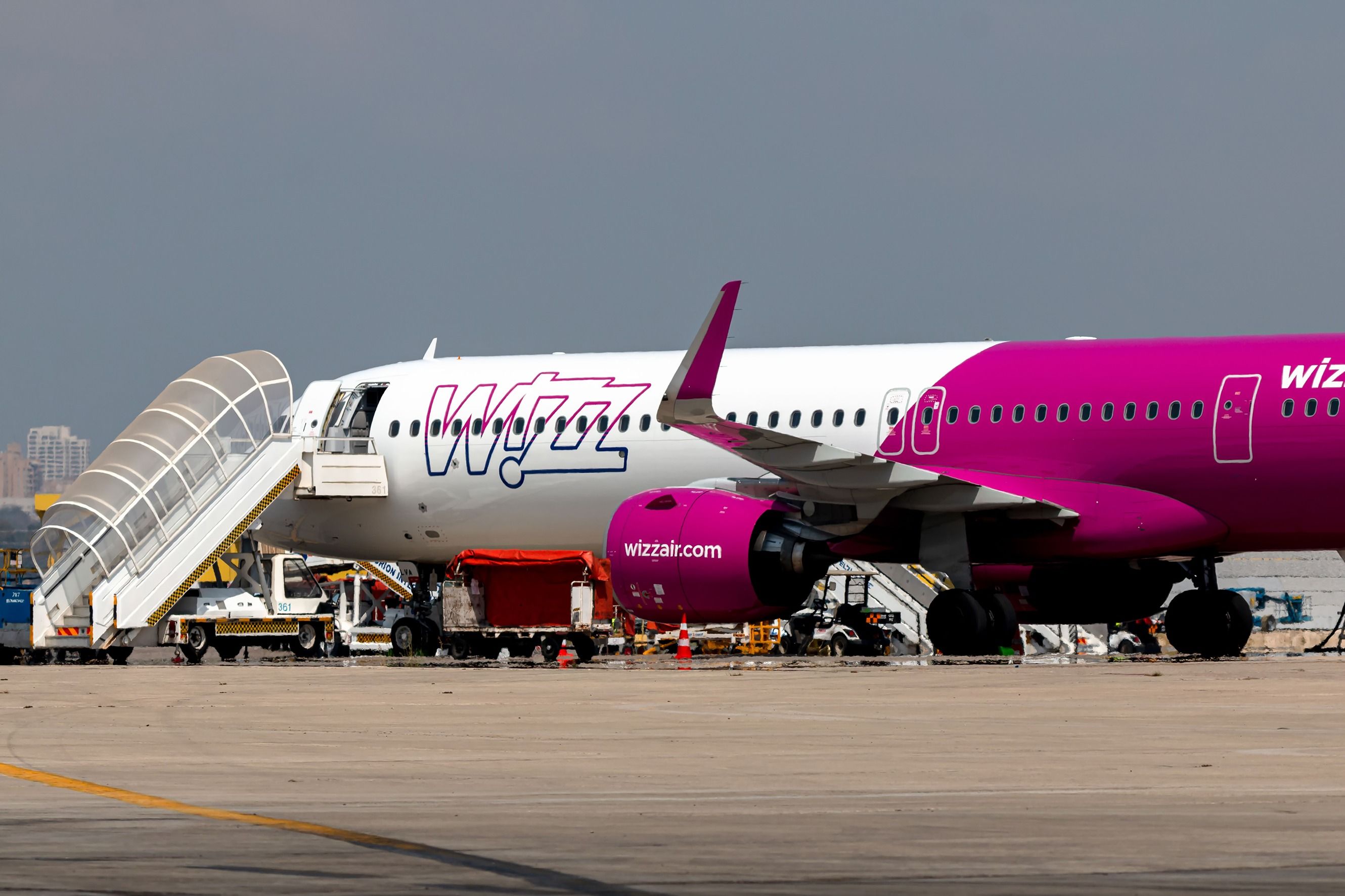
Related
Wizz Air Posts $472 Million Profit Despite Pratt & Whitney Engine Disruptions
Despite the issues it is currently facing, Wizz Air expects to improve its profitability during the upcoming financial year.
Small profit
As a result, the airline ended the financial period with a net profit of €1.2 million ($1.29 million), with three-month revenues of €1.2 billion ($1.29 billion), split between €701.8 million ($756.6 million) passenger revenue and €557.5 million ancillary revenue, both increasing 2% YoY.
In comparison, in Q1 FY2024, Wizz Air earned a net profit of €61.1 million ($65.8 million), a drop of 98% YoY.
Its costs increased by 5% YoY, growing to €1.2 billion ($1.29 billion). However, Wizz Air disclosed that suppliers compensated the carrier €91 million ($98.1 million) during the period, which included the “Pratt & Whitney engine grounding compensation.”
Photo: Wizz Air
At the same time, it had to actively manage its fleet, which has resulted in a “suboptimal fleet.” The airline said that it had to use older aircraft, extend leases, and wet lease aircraft with higher operating costs and reduced efficiency in the form of higher fuel burn and lower gauge, meaning lower capacity.
Still, its cost per available seat kilometer (CASK) was €0.43 ($0.46), with CASK excluding fuel being €0.27 ($0.29).
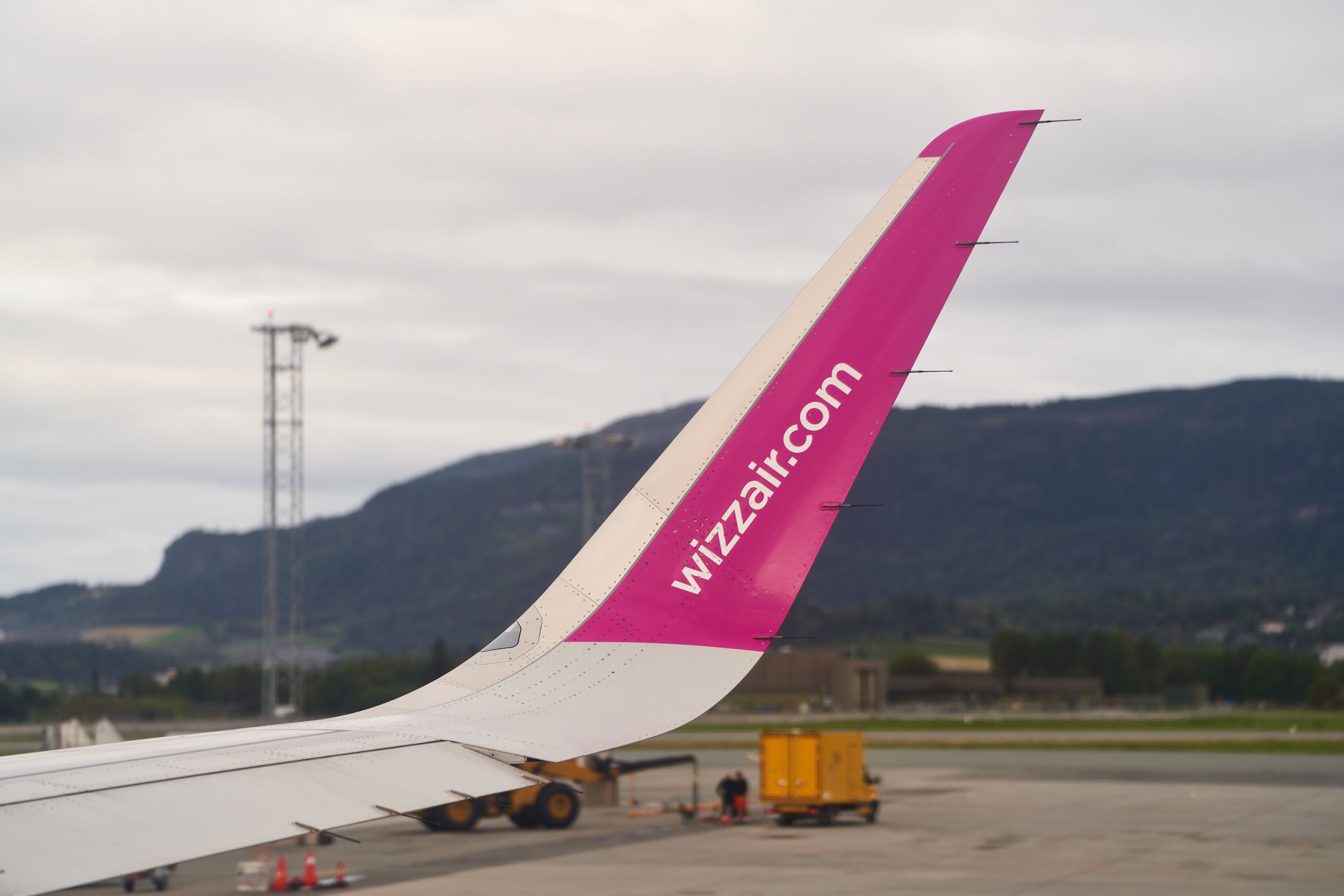
Related
Wizz Air Announces Leadership Changes As President Departs
Three Wizz Air executives were promoted after the airline’s president, Robert Carey, announced his departure.
Revised profit guidance
Váradi stated that looking forward, Wizz Air’s capacity was stabilizing, and the airline has been focusing on further optimizing its operations, with an emphasis on improving its most profitable bases.
In Q1 FY2025, the average flying fleet was 219 aircraft, compared to 221 aircraft during the corresponding period in 2023. The low-cost carrier noted that the lower active fleet count was offset by improved daily utilization and on-time performance of its flights.
“We remain optimistic about the demand outlook, with both ticket and ancillary RASK expected to be up year-on-year while load factor is maintained above 90%.”
Photo: kamilpetran | Shutterstock
The carrier’s CEO concluded that Wizz Air has remained on track to return to annual capacity growth in FY2026, which will begin in March 2025, underpinned by the pipeline of Airbus deliveries.
As such, Wizz Air estimated that its capacity during both halves of FY2025 would be flat YoY, while revenue per available seat kilometer (RASK) and CASK should be up mid-single digits and flat, respectively.
The low-cost carrier should end the current financial year with a net profit of between €350 million ($377.4 million) and €450 million ($485.3 million).
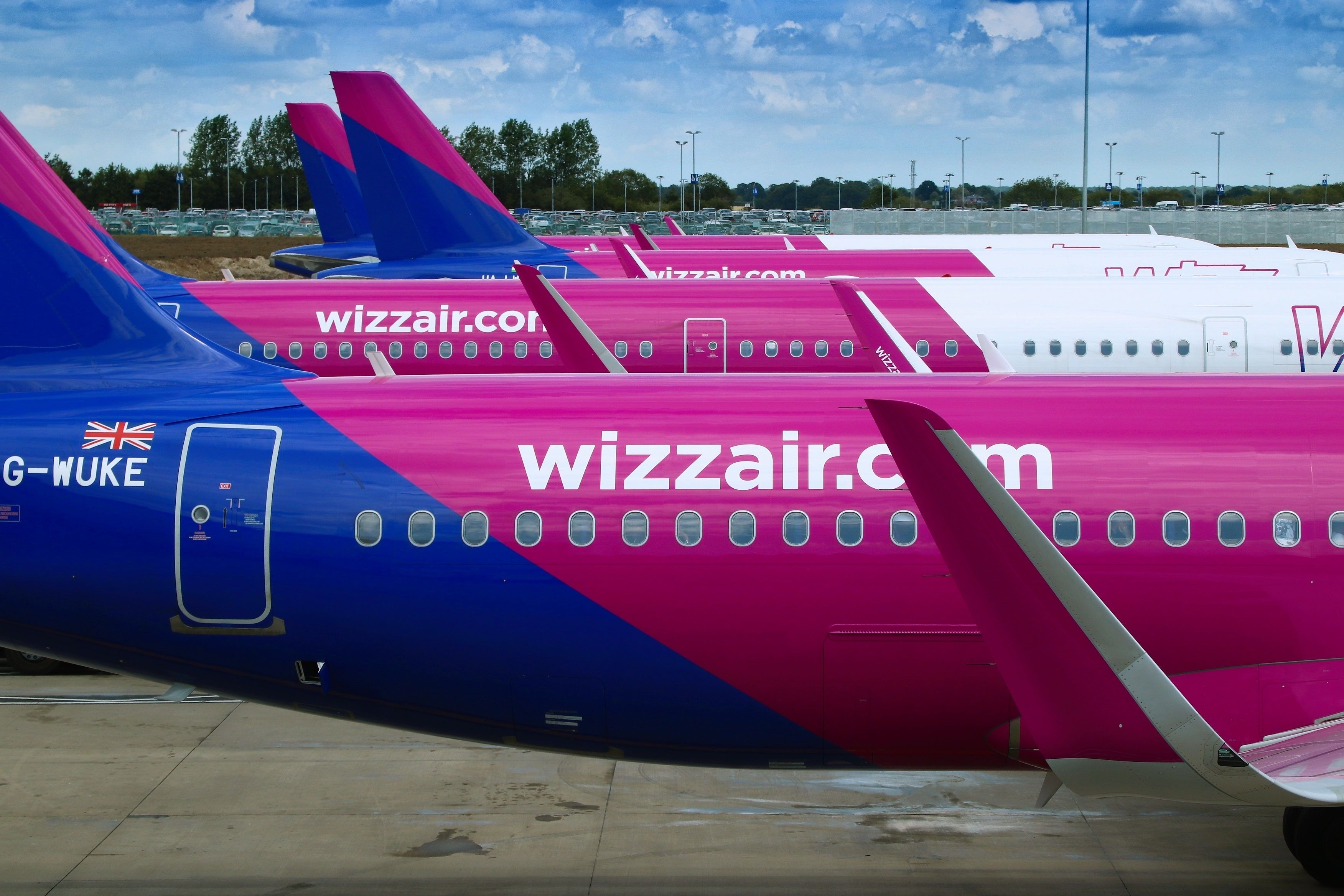
Related
Up To 6h 45m: Wizz Air’s 11 Longest Routes This Summer
Which do you think made the cut?
